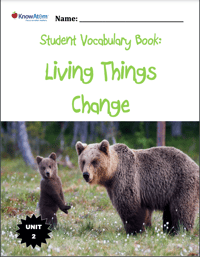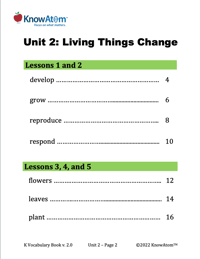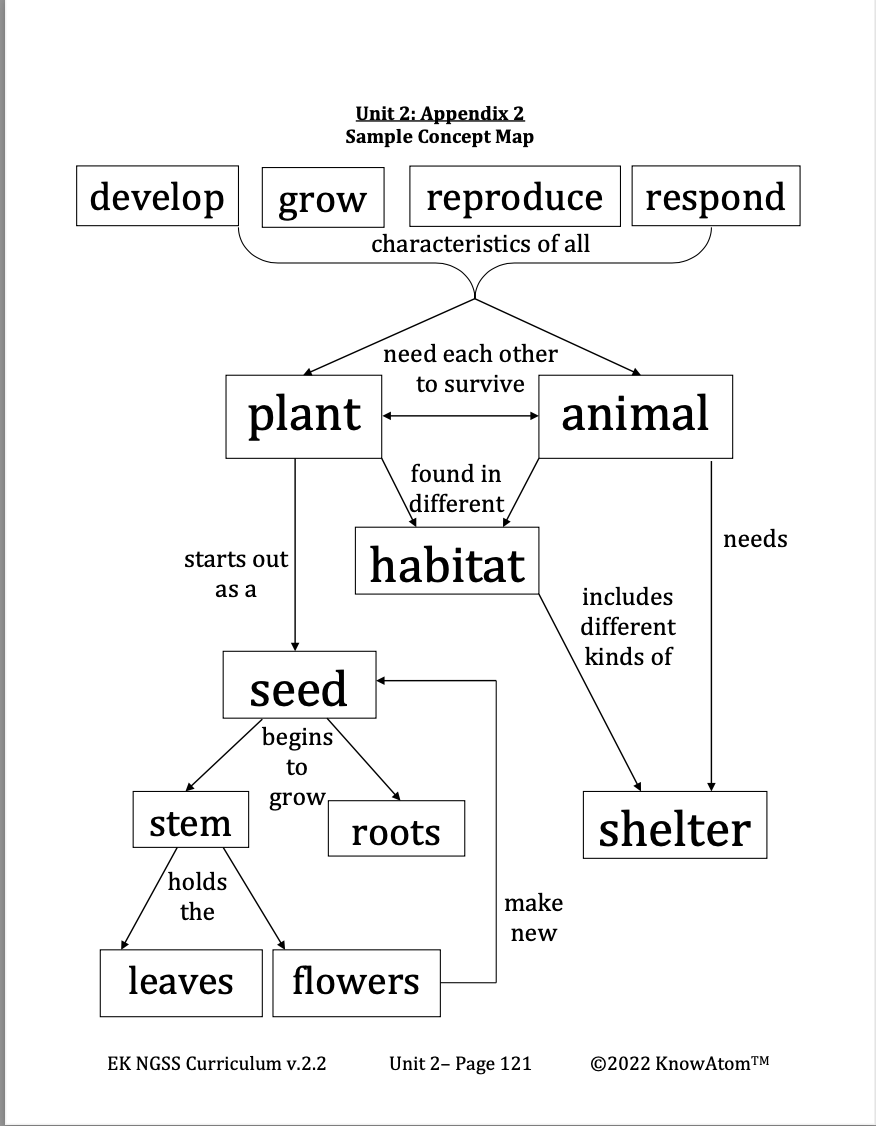In this lesson, students learn about animal habitats by creating a model of a forest habitat and analyzing the interaction between living and nonliving things in the model habitat. The goal of this model is for students to explore the relationships between the needs of plants and animals that live in a forest habitat.







